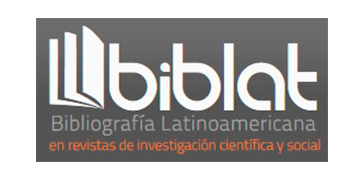
No. 24 (13): School, Violence and Experiences. January-June 2022

The school, as a territory, is constructed through linkages between different experiences. It is the center where subjectivities are produced that will be brought into play for the rest of the students’ lives, both in the deployment of the basic technical knowledge required for the exercise of political citizenship and in the training of “human resources” for economic production. Modernity, in its disciplinary and panoptical design, had clear objectives for the operation of the school’s devices, producing students (and only by extension young individuals) who were obedient, attentive, devoted to their work and willing to learn.
This totalization is linked to a decrease in variability and the elimination of diversity; in short, to the uniformity of students, a tendency towards a one-dimensionality that expunges or tries to expunge other experiences, subjecting the students to the coarseness of the exclusiveness of the experience of school, mutilating their subjective richness that is then expressed in forms of resistance which, in order to maintain that one-dimensionality of the school experience, must be sanctioned. Thus, the school is a site of disciplined training, rife with regulations and prohibitions whose aim is the positive construction of a normal subject.
Social violence, exerted by the societal system embedded in consumption capitalism that adds on new forms of stratification besides class, race or ethnicity and gender, pervades the school and promotes new kinds of violence seemingly exclusive to its territory: bullying, or violence among peers, and anti-school violence, identified as direct actions against the school, ranging from the material to the symbolic. This kind of violence intertwines the sources of social violence (social inequality) with cultural differences between social experience and school experience; that is, the disparity between the symbolic capital acquired prior to the school experience and its clashes with the simultaneity of experiences.
Bullying seems to be the perfect alibi to hide more structural forms of violence, both as a symptom and in its mediatic mutation, to promote institutional choices that set aside more foundational issues such as the transformation of the school device. Through this violence the school device, as a process, seeks to cling to its disciplinary form in a social context in which childhood and youth must be contained, in a socio-economic environment that cannot assure employment or higher education. And the vicious cycle in which current society is now trapped asphyxiates the school, an institution that is increasingly more needed to guide young people when the family has been preyed upon by social conditions. Since the school is a tool for the containment of dangerous environments, children and youths find in it a safe place where they can relate to their peers in a different way, following rules of play that will be revoked outside. This inside-outside dichotomy is the school’s most consistent drama, especially if the school is understood through its relationship to the social violence that provides it with a background.
The current conditions of violence that Mexico is going through have made this phenomenon far more complex than a mere symptom of social breakdown which, although self-evident, has been turned by current forms of violence into a form independent of its sources; that is, it has gone from being a symptom to becoming a social form. Added to this we witness how the school and social experience have been affected in their specificity in the context of the health crisis created by the COVID-19 pandemic, which has displaced the territory of the school to other realms such as cyberspace and the home.
Issue Coordinator: Hugo César Moreno Hernández












